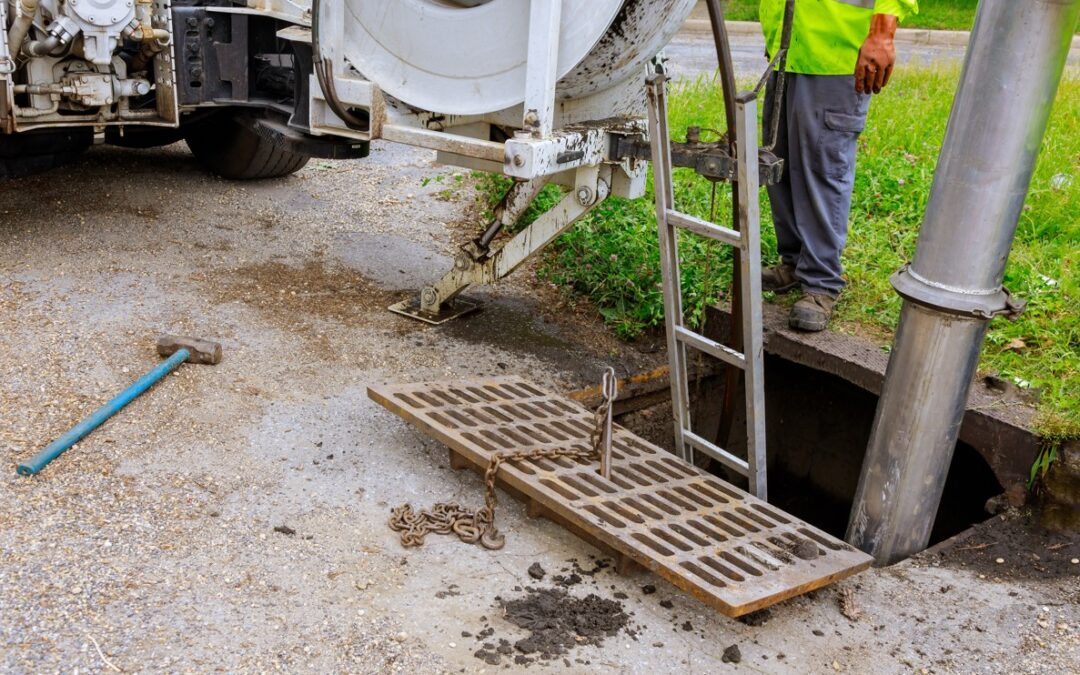Dealing with a sewer backup can be a homeowner’s worst nightmare. It not only creates an unpleasant mess but can also lead to significant damage and health risks. Understanding what causes sewer backups and how to address them can save you time, money, and stress. Whether it’s due to a clog, tree roots, or issues with your city’s sewer line, knowing the root cause can help you take the right steps to resolve it.
One of the first things to recognize is the signs indicating you might have a sewer backup. These signs can be subtle at first, like slow drains or gurgling noises, but can quickly escalate into serious problems if not addressed promptly. Acting quickly when you suspect a sewer backup can prevent more extensive damage and costly repairs.
In this article, we’ll explore the causes of sewer backups, the telltale signs that you might have one, immediate steps to take when you encounter a backup, and long-term solutions to prevent future occurrences. By being proactive and informed, you can protect your home and maintain a healthy living environment.
Causes of Sewer Backups in Homes
Sewer backups can occur for several reasons, each presenting unique challenges. One common cause is blockages within the home’s sewer line. These blockages are often due to debris, grease, or foreign objects that accumulate and obstruct the flow of wastewater. When waste can’t travel freely through the pipes, it eventually backs up into the home, leading to unpleasant and hazardous conditions.
Another major cause of sewer backups is tree roots infiltrating the sewer lines. Tree roots naturally seek out moisture, and they can enter sewer pipes through tiny cracks or joints. Over time, these roots grow larger, causing significant blockages and even breaking the pipes. This issue is prevalent in older homes with mature trees nearby. Lastly, heavy rainfall or flooding can overwhelm the city’s sewer system, causing water to back up into your home’s sewer line. This is particularly common in areas prone to heavy storms where the infrastructure may not be designed to handle large volumes of water.
Signs You Might Have a Sewer Backup
Detecting a sewer backup early can be crucial in preventing extensive damage. One of the first signs is water backing up from drains or toilets, especially in the basement or lowest level of your home. If you see water coming up instead of going down, it indicates a blockage in the sewer line, preventing proper drainage.
Other signs include multiple fixtures backing up simultaneously. For example, if you flush the toilet and water backs up in the shower or tub, it’s a strong indication of a sewer line problem. You might also notice a foul smell coming from drains, which is caused by sewage not flowing properly and creating odor in your home’s plumbing system. Lastly, slow drains throughout the house can also be a warning sign. If sinks, toilets, and tubs all drain slowly, there may be a major blockage deep in the sewer line. Recognizing these early signs can prompt you to take action swiftly, avoiding more severe issues down the line.
Immediate Steps to Take When a Sewer Backup Occurs
When a sewer backup happens, it’s crucial to act quickly to minimize damage and health risks. The first step is to stop using water in your home to prevent further backups. Avoid flushing toilets, running faucets, or using any appliances that drain water, such as dishwashers and washing machines. This will help reduce the amount of wastewater entering the sewer system and potentially backing up into your home.
After stopping water usage, it’s essential to identify and contain the affected areas. Keep family members away from contaminated areas to prevent health hazards. Use gloves and protective clothing if you need to enter these areas. Clean up any standing water using a wet-dry vacuum or mop, but be cautious as the water may contain harmful bacteria. It’s also advisable to ventilate the area by opening windows and using fans, which helps reduce odors and dries out wet surfaces.
Long-Term Solutions to Prevent Future Sewer Backups
Preventing sewer backups involves a combination of regular maintenance and proactive measures. A key preventive step is to schedule annual inspections of your sewer lines by professionals. Regular inspections can identify potential issues such as tree root intrusions, blockages, or pipe deterioration before they become severe problems. Hydro-jetting or snaking the sewer line can clear any minor clogs and maintain free-flowing pipes.
Another preventive measure is installing a backwater valve. This device allows sewage to flow out of your home but prevents it from coming back in during a backup. Additionally, be mindful of what you dispose of down your drains and toilets. Avoid flushing items like wipes, paper towels, or grease, as these can cause significant blockages. Implementing these measures can significantly reduce the risk of future sewer backups and protect your home from water damage.
Conclusion
Sewer backups are a major inconvenience that can cause significant damage and health risks if not handled properly. Recognizing the causes and signs of sewer backups can help you act promptly to address the issue. Taking immediate steps to stop water usage and contain affected areas is crucial in minimizing damage. Long-term solutions such as regular inspections and installing backwater valves are effective ways to prevent future backups.
For expert advice and professional plumbing services in dealing with sewer issues, Shoreway Plumbing is here to help. Our experienced team can handle everything from inspections to emergency repairs, ensuring your home’s plumbing system is in top shape. Protect your home from the hassle and expense of sewer backups. Contact Shoreway Plumbing today to schedule an inspection or service appointment.


